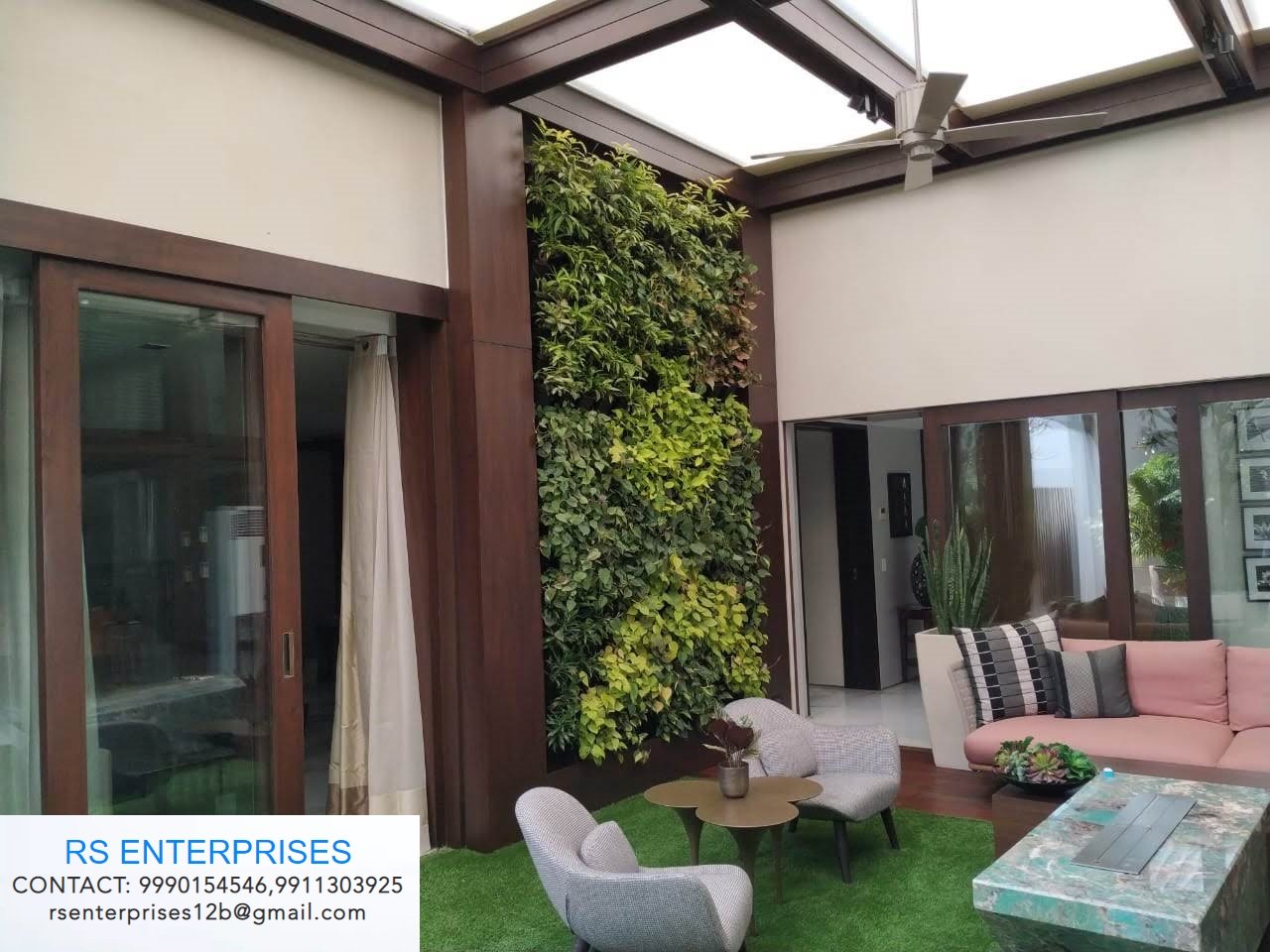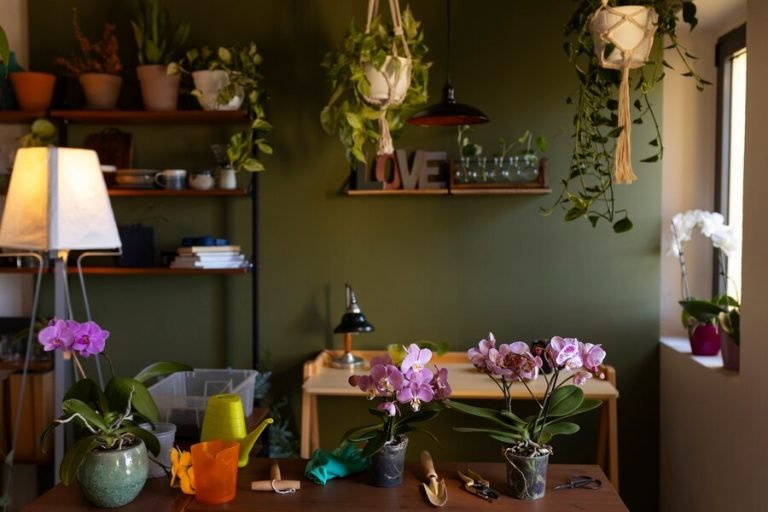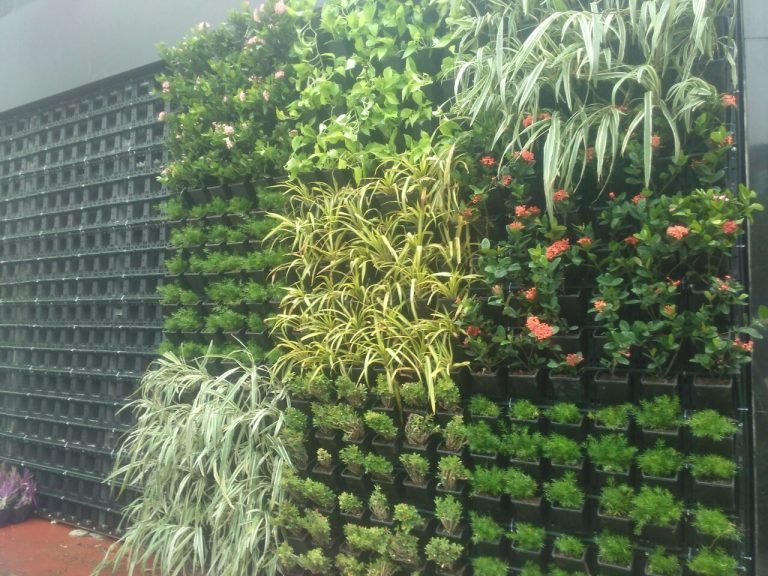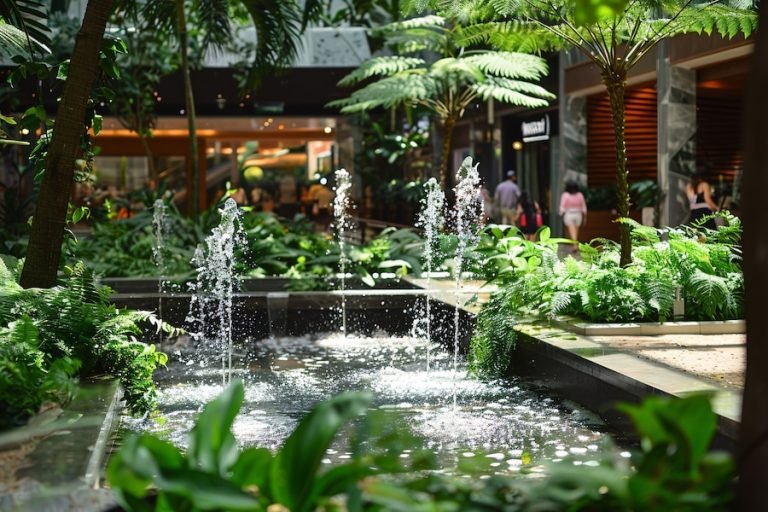Bringing Nature Indoors: Exploring the Aesthetics and Benefits of Interior Landscaping.
Interior landscaping, a burgeoning trend in contemporary design, seeks to seamlessly integrate nature into the built environment. More than just adding a touch of greenery, interior landscaping transforms indoor spaces into vibrant, aesthetically pleasing areas that promote well-being and productivity. In this article, we delve into the world of interior landscaping, exploring its principles, benefits, and the diverse ways it enriches our living and working environments.
To Know More About It Please Click Here
Principles of Interior Landscaping
- Biophilic Design: Rooted in the concept of biophilia, interior landscaping aims to connect individuals with nature by incorporating natural elements into interior spaces. This design philosophy acknowledges the innate human need to be surrounded by greenery and natural elements for improved mental and physical well-being.
- Spatial Planning: Interior landscaping involves thoughtful spatial planning to integrate plants, trees, and other natural elements seamlessly. Consideration is given to factors such as lighting, airflow, and the specific needs of the selected plant species.
- Aesthetic Harmony: The selection of plants, containers, and landscaping elements is guided by an aesthetic vision that complements the overall design of the space. Colors, textures, and forms are carefully curated to create a visually appealing and harmonious environment.
Benefits of Interior Landscaping
- Improved Air Quality: Plants act as natural air purifiers by absorbing pollutants and releasing oxygen. Interior landscaping contributes to healthier indoor air quality, reducing the presence of volatile organic compounds (VOCs) and enhancing respiratory well-being.
- Stress Reduction: The presence of greenery has been linked to stress reduction and improved mental health. Indoor plants create a calming atmosphere, promoting relaxation and a sense of well-being.
- Enhanced Productivity: Studies have shown that incorporating nature into indoor spaces can boost productivity and creativity. Interior landscaping provides a refreshing break from monotonous surroundings, stimulating cognitive functions and fostering a positive work environment.
- Noise Reduction: Certain plant species can absorb and diffuse sound, contributing to a quieter and more comfortable indoor environment. This is particularly beneficial in office spaces or areas with high noise levels.
- Biophilic Connection: Interior landscaping nurtures a connection with nature, even in urban or commercial settings. This connection has been associated with reduced stress, increased satisfaction, and overall improved mental health.
Diverse Approaches to Interior Landscaping
- Green Walls: Vertical gardens or green walls are a striking way to introduce plants into interior spaces. These living walls can be customized to fit various design themes and are effective in maximizing greenery within limited space.
- Indoor Trees and Planters: Large indoor trees and strategically placed planters can create focal points within a space. These elements add height, texture, and a sense of organic vitality to the surroundings.
- Terrariums and Miniature Gardens: Small-scale landscapes, such as terrariums and miniature gardens, are ideal for incorporating greenery on tabletops, windowsills, or other compact spaces.
- Biophilic Furniture and Design Elements: Furniture and design elements inspired by nature, such as organic shapes, natural materials, and biomimicry, can complement interior landscaping efforts, creating a cohesive and immersive experience.
To Know More About It Please Click Here
Conclusion
Interior landscaping transcends traditional notions of décor by introducing the beauty and vitality of nature into our indoor spaces. Beyond aesthetics, the numerous benefits of improved air quality, stress reduction, and enhanced well-being make interior landscaping a valuable and transformative addition to modern living and working environments. As this trend continues to gain momentum, the fusion of architecture and nature promises to redefine our connection with the spaces we inhabit, fostering environments that are both visually stunning and conducive to optimal health and productivity.







